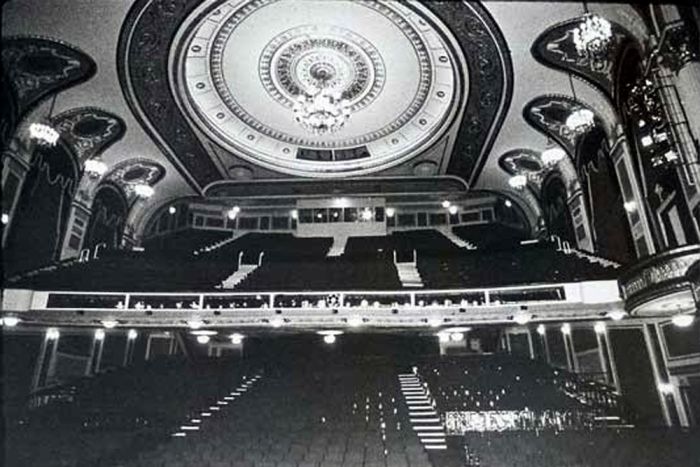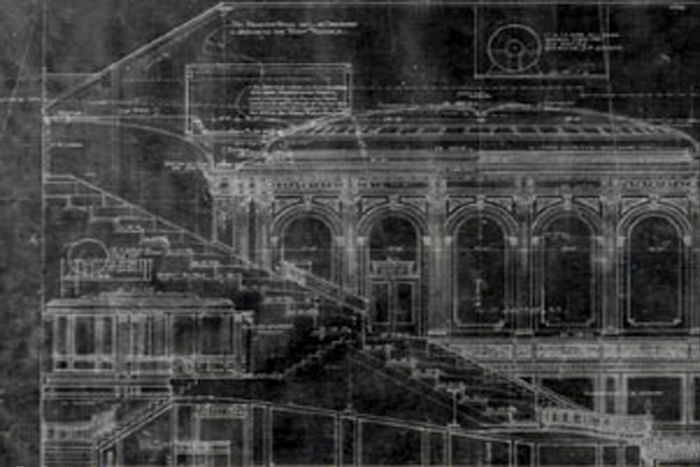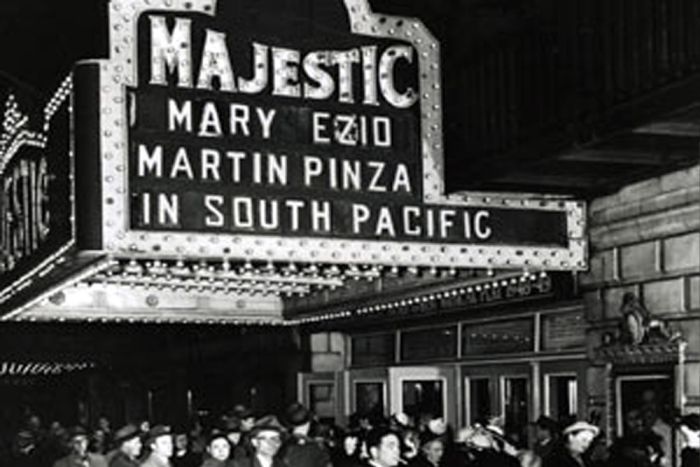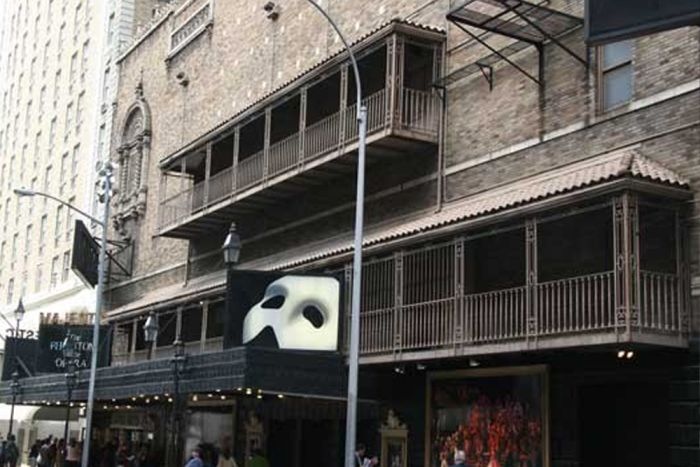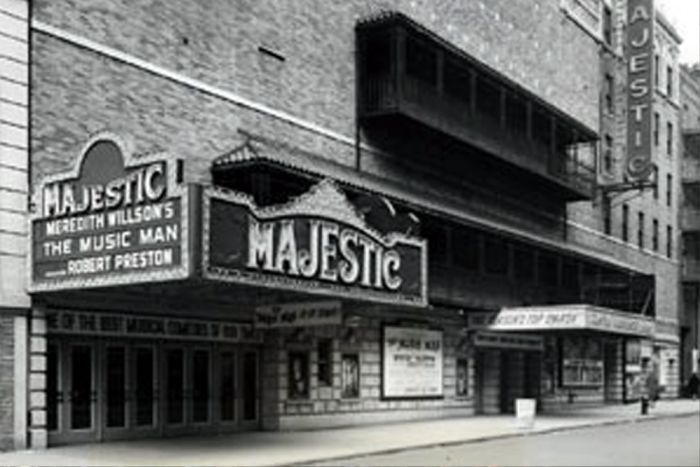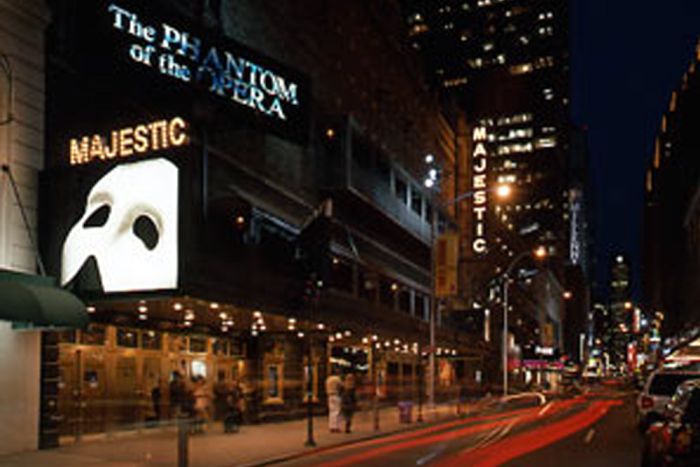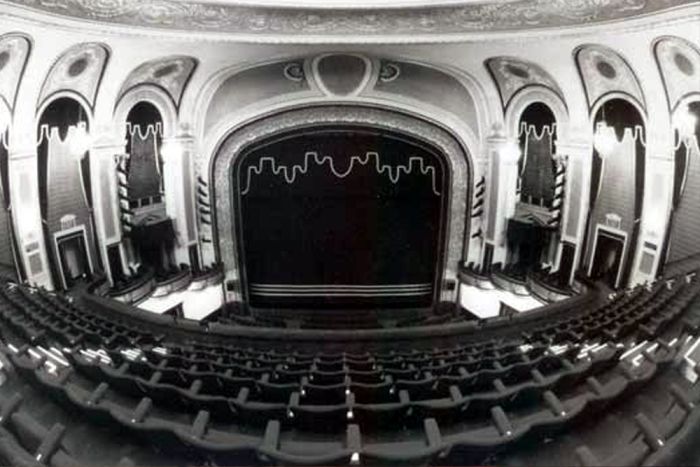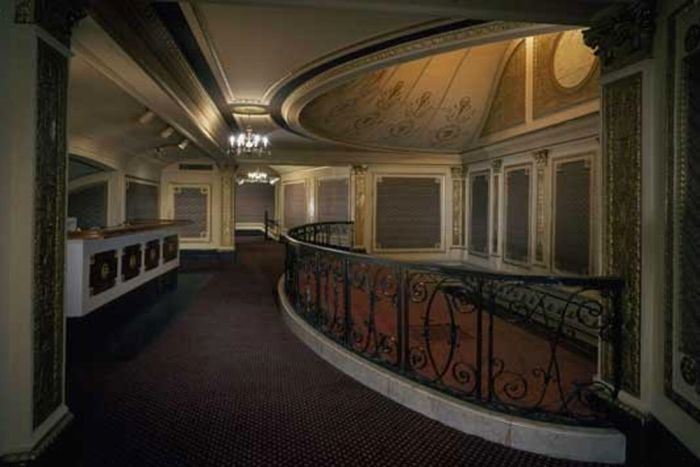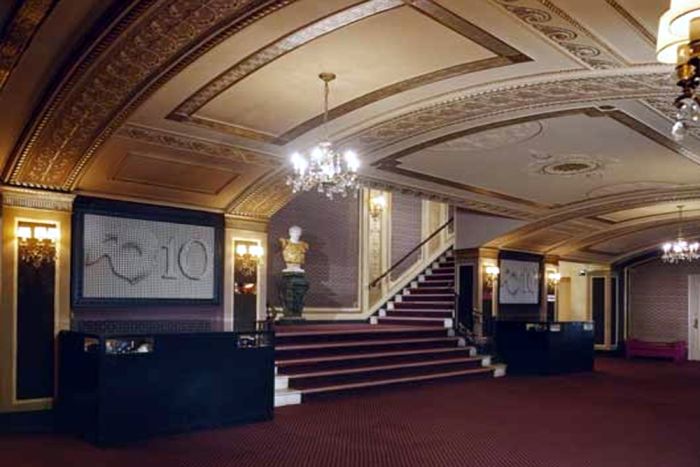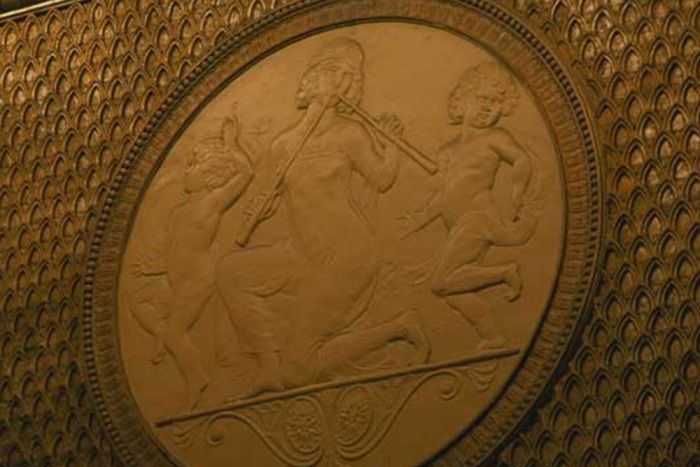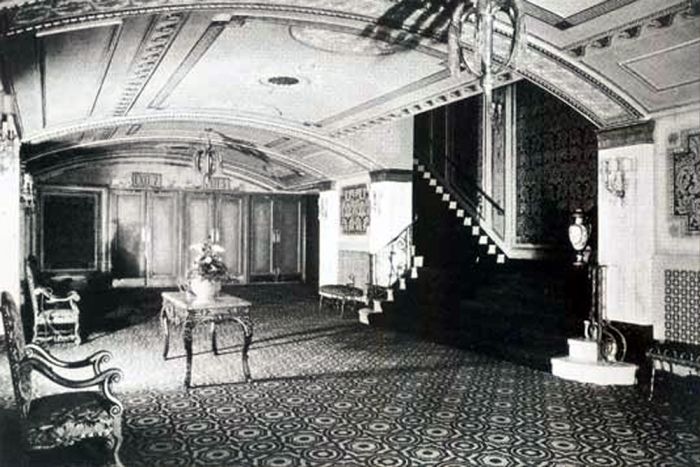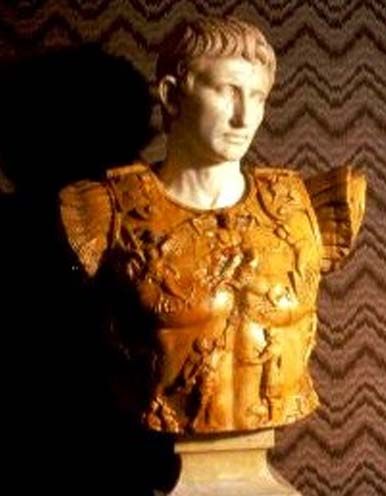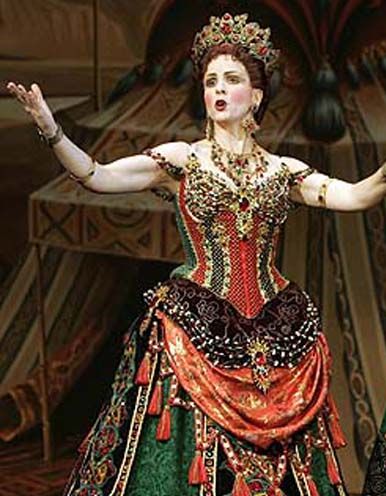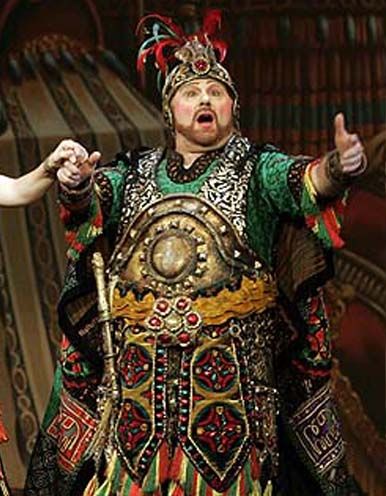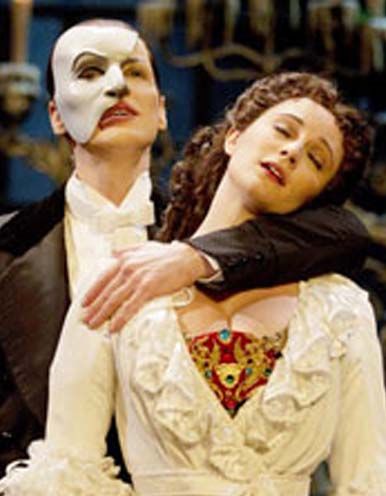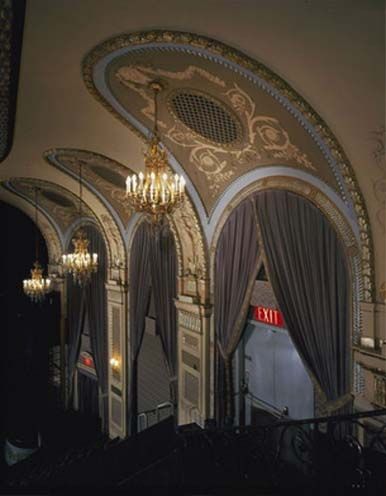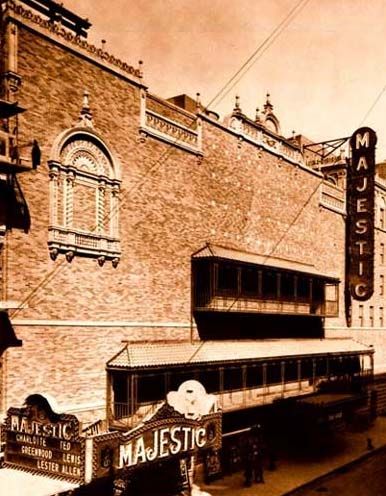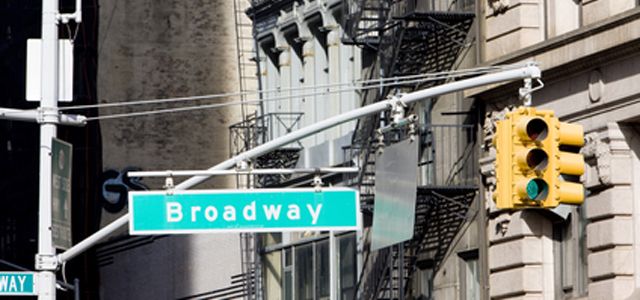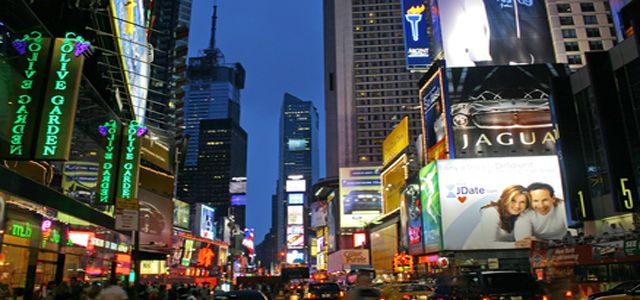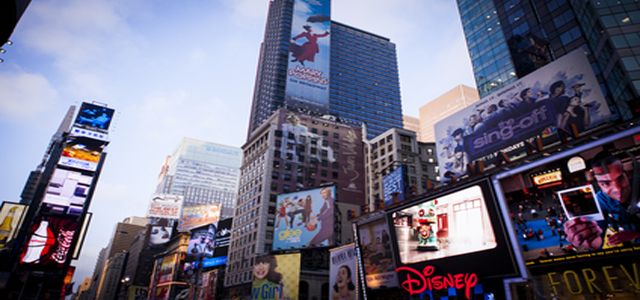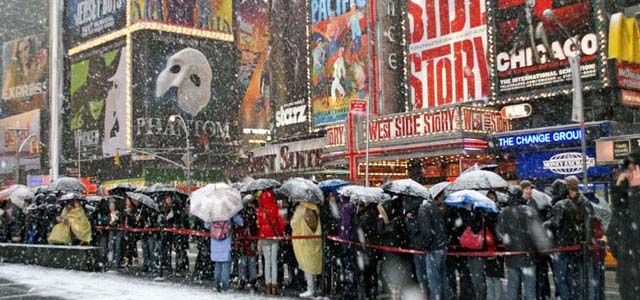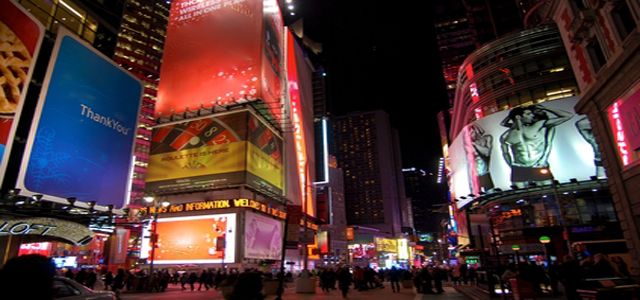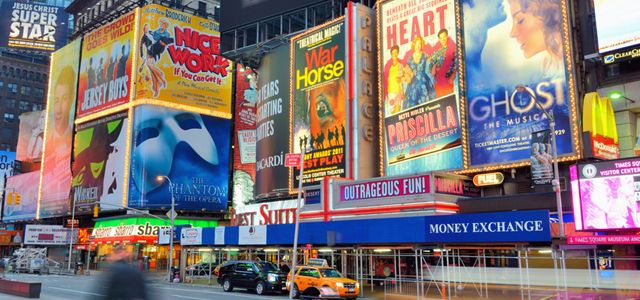The Majestic Theatre
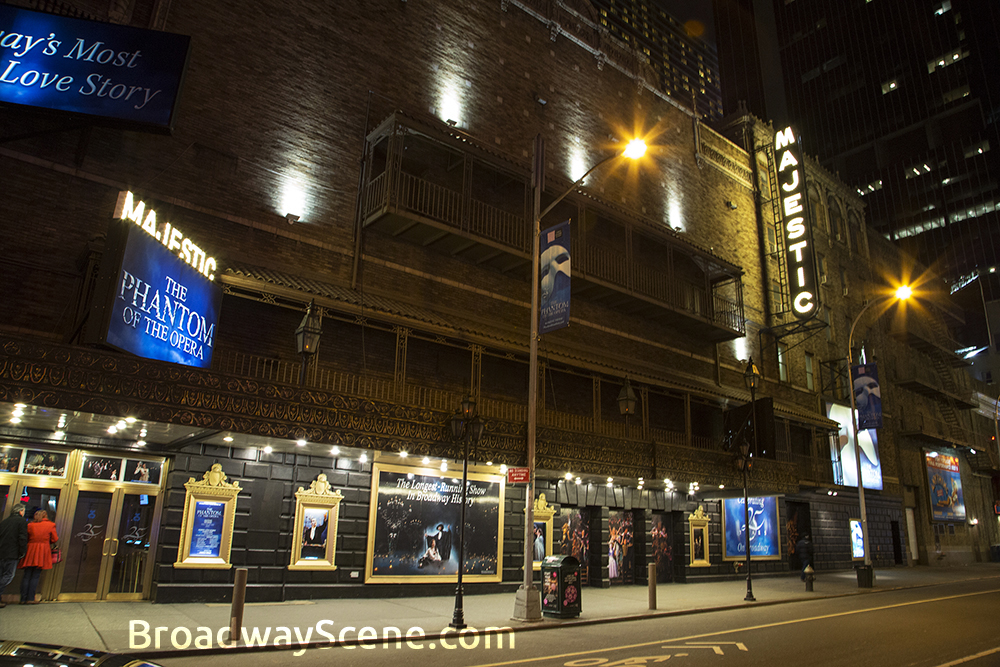 In 1927, the Chanin Brothers, who were real-estate entrepreneurs, constructed the Majestic Theatre as part of a three-theatre facility that also included the Royale and the John Golden (formerly known as the Theatre Masque). The huge musical house supplemented the other two theatres, allowing productions to be transferred to the most appropriate venue based on their ticket sales.
In 1927, the Chanin Brothers, who were real-estate entrepreneurs, constructed the Majestic Theatre as part of a three-theatre facility that also included the Royale and the John Golden (formerly known as the Theatre Masque). The huge musical house supplemented the other two theatres, allowing productions to be transferred to the most appropriate venue based on their ticket sales.
Majestic Shows
In 1927, the Majestic opened with a revue, Rufus Lemaire’s Affairs. Star-studded performances of the 1920s included The Patriot (1928) featuring John Gielgud and A Wonderful Night (1929) with Cary Grant (who was known as Archie Leach at the time).
The Shuberts acquired ownership of all three theatres from the Chanins in 1930. The International Revue opened in February 1930, and it cost two hundred thousand dollars to put up, which was a huge budget back then. On opening night, the second act did not start until eleven because the first act was so long. Over the next decade, the Majestic staged several significant, but short-running productions, including Strike Me Pink (1933) starring Jimmy Durante. Stars in Your Eyes featuring Ethel Merman and Jimmy Durante opened in 1939 and is notable for including future Broadway legend Jerome Robbins in the chorus.
In January 1942, the Gershwins’ Porgy and Bess was revived for the first time. Producer Cheryl Crawford eliminated the operatic recitatives and transformed it making it more of a Broadway musical than an opera. The Majestic enjoyed several Rodgers and Hammertein musicals during the 1940s, including Carousel (1945) starring Jan Clayton and John Raitt, and Tony Award and Pulitzer Prize-winning South Pacific (1949) with Mary Martin.
Notable productions continued to grace the Majestic stage throughout the 1950s and 1960s, including Herbert and Dorothy Fields and Arthur Schwartz’s By the Beautiful Sea (1954) featuring Shirley Booth, Howard Lindsay and Russel Crouse’s Happy Hunting (1956) starring Ethel Merman, and Meredith Wilson’s The Music Man (1957), which propelled Robert Preston’s career.
In 1960, Alan Jay Lerner and Frederick Loewe’s Camelot opened with Julie Andrews, Richard Burton and Robert Goulet, followed by Angela Lansbury, Lee Remick, and Harry Guardino in Anyone Can Whistle (1964), and Sammy Davis Jr. in Golden Boy (1964). A continuous run of groundbreaking shows were housed by the Majestic in the 1970s, including Jerry Herman’s Mack and Mabel (1974) featuring Bernadette Peters and Robert Preston. In 1977, Liza Minnelli took the stage by storm in The Act. In 1988, the theatre was refurbished to house The Phantom of the Opera, which continues to thrill Broadway audiences today.
A Favorable Design
Herbert Krapp was hired by the Chanins to design the theatre facility in a contemporary Spanish style. The exterior features clay-based ceramic and Spanish brick-wall decoration and arched windows. The façade also utilizes a Palladian design above the entrance. The interior displays the usual Adam-style used in other Shubert theatres with a color scheme of gold and ivory. Krapp designed the auditorium in a stadium-style; the orchestra provides perfect sightlines for viewers because of its steep incline. Krapp opted to design the house with one single balcony rather than two, which indicates that the architect may have been thinking ahead because second-balcony accommodations are less suitable to today’s audiences.
Perfect for Major Musicals
With a seating capacity of 1,607 seats, the Majestic Theatre lives up to its name. It is one of the largest theatres on Broadway, and has served as home to major musical theatre shows, such as A Little Night Music, The Wiz, 42nd Street, 1776, South Pacific, and the longest running show in Broadway history The Phantom of the Opera. In 1987, both the interior and exterior of the Majestic were selected as New York City landmarks.
Google Street View



